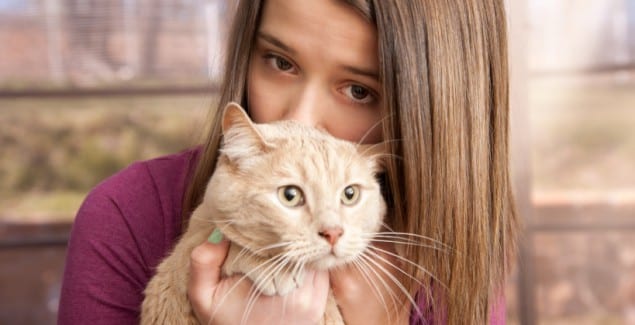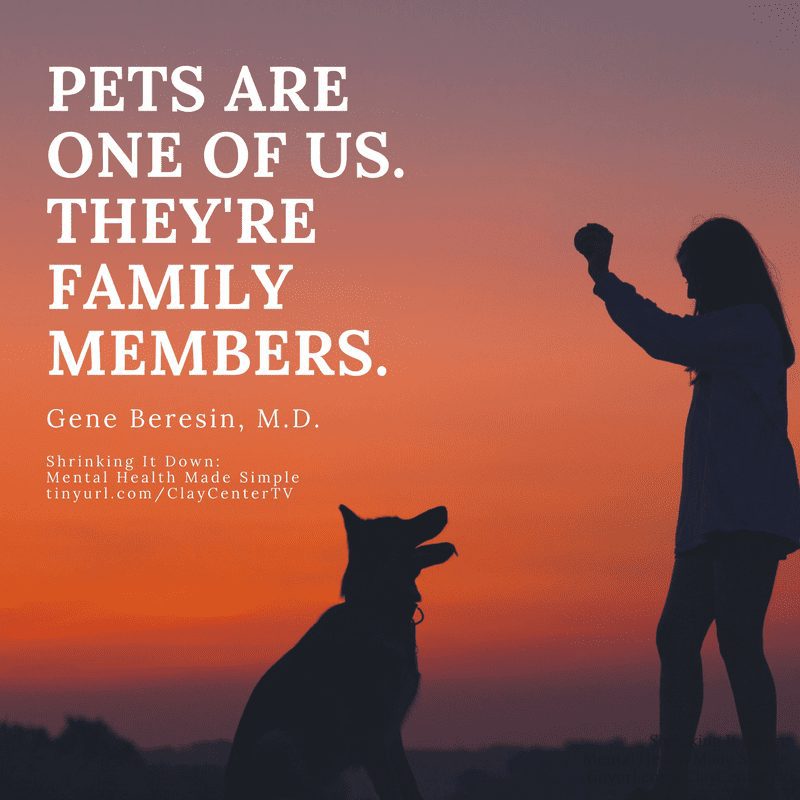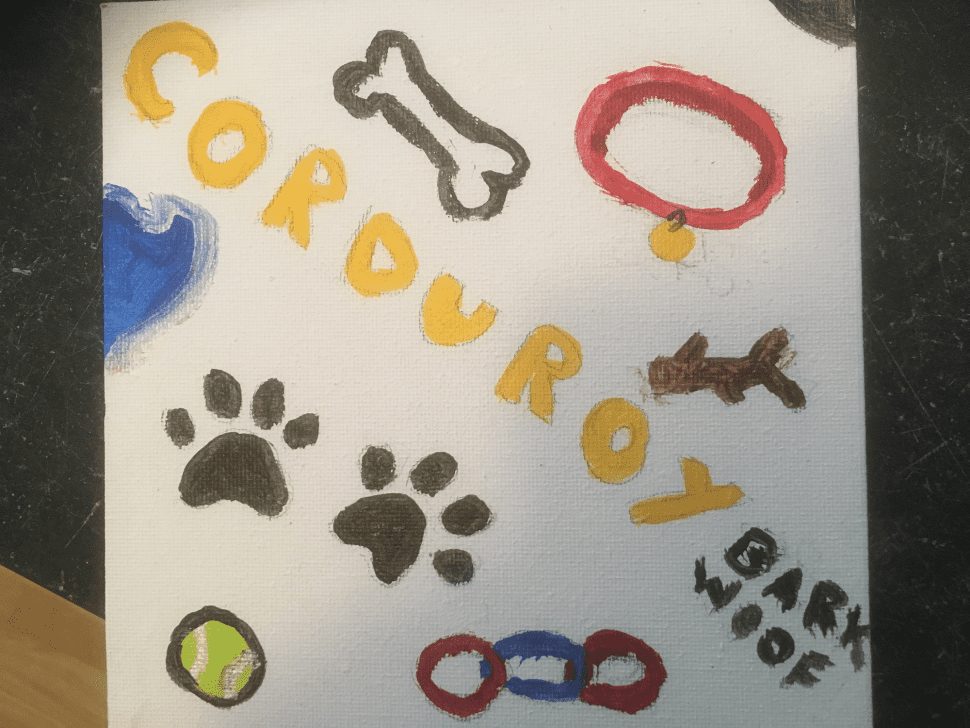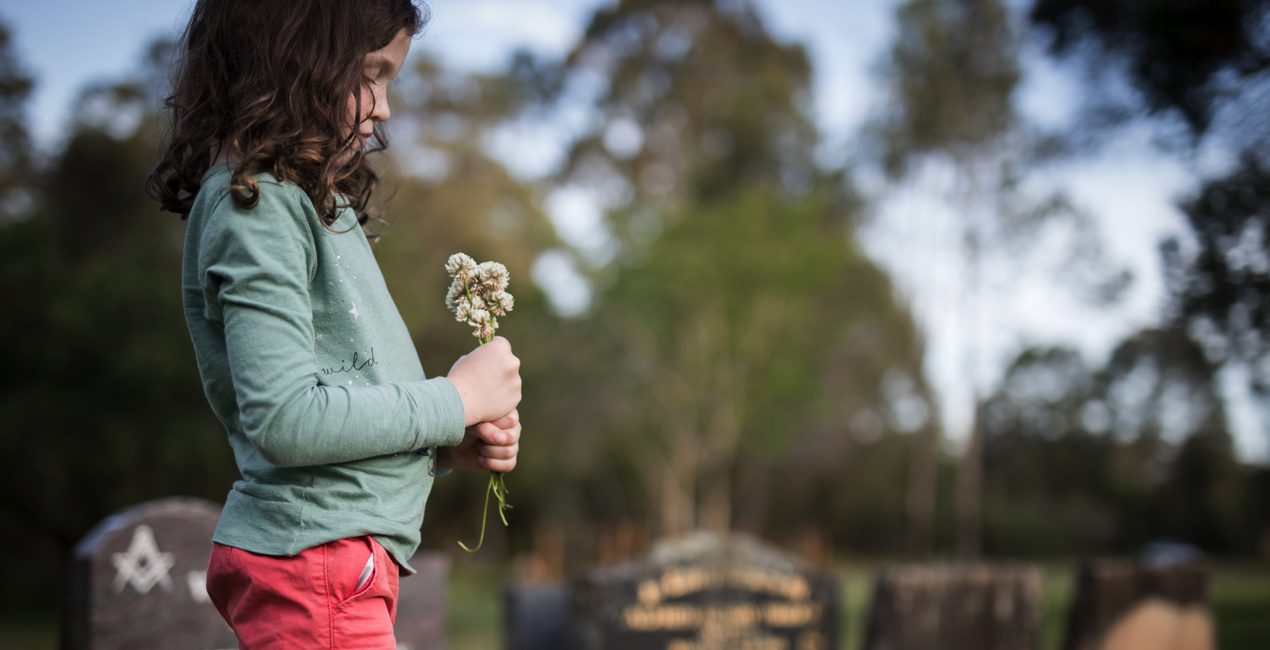The Pain of Losing a Pet

Posted in: Grade School, You & Your Family
Topics: Relationships
“Do you like to see a youngin’ with his dog?” – Lynard Skynard, “All I Can Do Is Write About It”
Patches was a compromise.
I wanted to call her Sherlock. I had just transitioned from the concrete logic of Encyclopedia Brown to the more plodding deductions of Mr. Holmes, and I wanted my first puppy to be named after my newest hero.
My sister, however, was not as enamored with this idea.
“A dog is not a detective,” she declared, and there was certain finality to her pronouncement. Only a 7-year-old can truly be that sure of herself.
Sensing a brewing storm in the back of the station wagon, my father studiously steered the car towards the animal shelter, and my mother played diplomat.
“Steve,” she said, “you can pick which puppy we want. If we all agree on the dog, then your sister gets to name it.”
This wasn’t a question. It was an enacted solution from a benevolent monarch that happened also to be my mother. My father said nothing, which of course meant that he concurred. There was to be no Sherlock, but I would be lucky enough to choose the yet-to-be-named mutt.
At the shelter, there was a cacophony of barking. All mongrels, the dogs looked like a series of animals that had been run through some kind of genetic blender. Long bodies but short legs…huge ears but slender tails. All mutts, all lost, and all (I later learned) due to be “put to sleep” unless someone took them home in the next week or two at the most.
Therefore, this was no small task. Pick one dog, and condemn another to potential eternal sleep. My parents didn’t think I knew what this meant, but I did. I knew.
So, with teary eyes, I wandered through the concrete hallways, examining the gaggle of pups. As always happens, one dog just made her way to the front of the pack. This particular puppy had black and white spots, hair in her eyes like a sheepdog, and was scarcely bigger than a medium-sized rabbit. If ever there were a dog that defied a genetic analysis, it was this creature.
The veterinarian at the shelter chuckled.
“It’s a dog alright,” he said in his Kansas drawl.
With two black spots over each eye, she looked more like a raccoon than a canine.
“Name?” he asked us both. My mother turned to my sister.
“Patches,” my sister said, pointing to the black spots on the puppy’s white, shaggy body.
And thus, we named my first dog.
We had to call her something on the official form, so we called her an “Old-English Lasa-Cocka-Schnoodle.” We were adamant about being inclusive, and we certainly did not want to eschew any of her noble heritage.
Patches lived 13 years. She slept almost every night on my bed. She knew every girl I dated, and hated every girl who ever saw fit to dump me. She kept me company when I sat home alone one night, and scared myself half to death watching the TV-version of Stephen King’s Salem Lot. As I grew old enough to drive, she would join me on my pensive trolling through the suburbs of my youth, getting out with me to rest under a tree where I would stop in imagined-romanticism to complete my homework. I am not exaggerating when I say she was my best friend. Dogs are just good at that kind of thing.
And then I left for college. Patches was 11 years old by then. She’d slowed down a bit, and mostly just sat around my parent’s house doing that “contented-wise-dog thing”—that sigh with changing eyebrows, checking out the room, assessing her well-earned place in the pack we had created.
On an idle Tuesday my sophomore year, I was in my dorm room when my parents called. Strange, because I remember that it was a Tuesday. This was before cell phones, so we had set Sundays aside for our weekly check-ins. A Tuesday call could mean nothing good. Still, I realize in retrospect, I never thought they’d call about Patches. I saw my dog through an 8-year-old’s eyes: She was going to live forever.
“Patches died this morning,” my dad said. He was speaking softly, and I thought maybe he was crying. “She lived a good, long life, son,” he continued, and then paused. After a long silence, he added, “I’m sorry.”
My mom was actively crying. “I miss her,” she said, and I think now my mother missed as well the memories that Patches afforded. A dog marks a child’s development, and Patches had been there as I grew up and became a man.
“Well,” I said, not really sure what to do, “it’s OK. She had a good life.”
We hung up, and I went on with my day. I think I went for a run, and then headed to the library that night to write a paper. On the way back to my dorm, there was something about the night—clear, with bright stars and a waning moon—that made me recall an evening walk with Patches.
And I started crying…first slowly, and then later with increasing fervor. I loved that silly mutt, and losing her hurt like an empty space.
So, for this post, I was supposed to write about the psychological pain for a child when a pet dies, but I couldn’t get to the didactics without first wandering through my own memories of my first dog. In my professional career, I’ve seen plenty of kids who are saddened when their dog, or their cat, or perhaps their guinea pig has expired. But, to really tackle this issue head on, I had to think first of my own special loss.
Here are the rules:
Don’t ever, EVER, tell your kid that losing a pet doesn’t matter. It does. The real question, is why it matters so much.
It matters because we project onto our dogs, cats, hamsters and even hermit crabs our own feelings. In shrink terms, our pets are self-objects. That’s just a silly way of saying we see ourselves in our animals. Patches understood me; I’m certain she knew how I was feeling. But, even more importantly, Patches allowed me to explore my own feelings by being the impartial and unconditional listener that only a pet can be.
In fact, I realize now that I lied. My first pet was not Patches—it was, in fact, Snappy, a goldfish that I won at a fair when I was 4 years old. Snappy and I had long conversations while I struggled with Legos and Lincoln Logs, and it seemed then that Snappy understood me completely. That was because Snappy, of course, was me. A living, breathing, reflective creature…a representation of my hopes, dreams, fears and desires.
Pets mean a lot. If they’re sick, dying, or already dead, tell your kids. They can take the news, and if anything, a sick pet helps us to organize and tolerate our own sad feelings along with our children. Your kid might not get it at first; it isn’t until age 5 or so that kids really start to understand the finality of death.
But, they will still know that things have changed. And, they’ll still likely have feelings about this.
Have a ceremony, if it suits you. Some people have gravesites in their back yards for a beloved dog or cat. I had a friend whose black lab’s ashes were sitting on their fireplace mantle. All of that is fine.
What matters most, is making sure you give time to discuss the swirling feelings. There need not be a resolution. Don’t rush out and buy another animal. Wait until you and your child are ready. And, for goodness sakes, don’t shy away from having a pet because you know that it will someday die. A pet is such a gift, and the chance to experience the range of emotions that a pet allows is unique and special.
And, that’s even if you have to compromise on what you name the thing.

 Share
Share Tweet
Tweet





